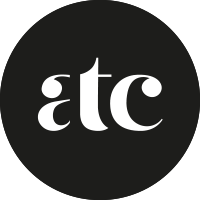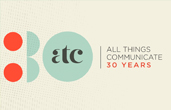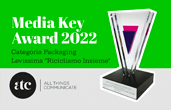Are you evaluating how to implement corporate training programmes in your company? Consider a few things
Corporate training has shifted from classrooms to the web. On screen programmes are popular among employees who want to commit to continuous education throughout their whole professional life.
The perception of a more volatile job market shakes workers’ confidence and prompts employee to constantly update their knowledge competences and skills. Corporate training is becoming one of the main evaluation criteria for candidates considering joining a new employer. Already in 2017, the concept of “Lifelong Learning” was something to behold, as it gradually was making its way into the corporate world.
Millennials, in particular, seems to shun positions that don’t guarantee new hires chances to update their skills frequently. According to a research carried out by Deloitte in 2017, methods and technologies are evolving at such an accelerated pace, that some kinds of professionals, (engineers and developers for example), are required to
re-qualify themselves every 12–14 months.

The current state of digital learning: find out about some specific trends are defining the new markets’ boundaries
When we talk about Digital Learning we usually refer to integrated platforms, which bring together different channels and supporting tools, allowing for richer, ubiquitous and, from the users’ perspective, more rewarding learning programms.
From webinar to social network, from mobile apps to gamification, these platform respond to a widespread demand for agile, flexible and entertaining courses. Access to content can be synchronous or not, plus it can be managed in a great variety of ways: face-to-face, remotely or directly in the workplace.
Preferred formats among users are video, webinars and social media, followed by so called Massive Online Open Courses (MOOC), programs held remotely which gather a big number of attendees, online tutorships and interactive tools, such as web apps, rich media web pages and gasified experiences.
- Micro-Learning an approach which divides learning content in tiny chunks that are goal driven.
- Gamification contents tend now to be delivered in the form of entertaining, interactive experiences.
- Cloud-based system to cut-down costs significantly and manage training more efficiently.
Set your goals
Do you want to monitor your employees’ progress? Are you simply looking for more pleasant ways to make people learn and experience your content? Do you wish to turn your cumbersome pdfs into engaging experiences and interactive learning contents? Read on
Prior to decide which tools and platforms are the best fit for your users, it’s better to understand what you, as a company, are you willing to obtain and how. If your main goal is that your employees take part to a structured course where they can get tested and they can keep track of their progress, you’d have to rely on a SCORM-compliant LMS (learning management system), to make your content accessible. To produce that content, you may need an authoring tool.
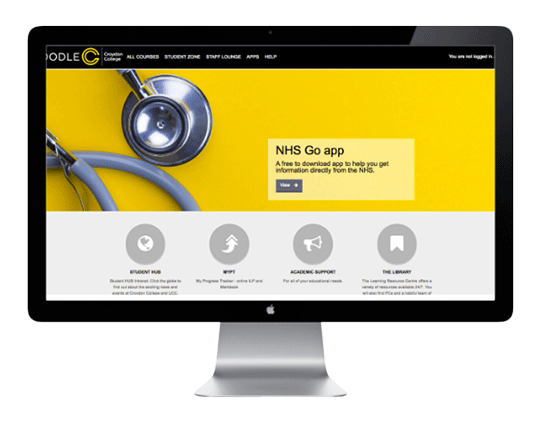 A powerful LMS, Moodle allows to create aesthetically beautiful, rich media websites, with a learning area for logges-in users.
A powerful LMS, Moodle allows to create aesthetically beautiful, rich media websites, with a learning area for logges-in users.Though you may want to provide employees with information, or content which is relevant for their profession, without compelling them strictly to scores and assessment.
This may be the case when you just want your employees to be free to access important resources. In this case also a branded web-app or a dedicated website can do the job. Social media too are a channel extensively exploited by many brands (See the Wella’s case).
It’s worth noting, however, that many LMSs today offer several options to integrate different media and formats in a unique environment.
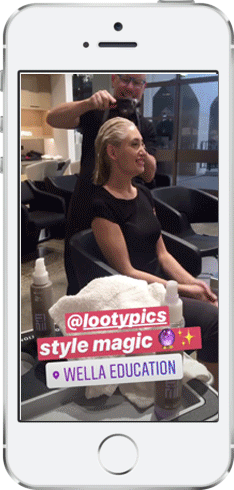 Wella Digital Learning page on Instagram. The brand leverages on many different platforms to promote its courses, but the strong focus is on social media.
Wella Digital Learning page on Instagram. The brand leverages on many different platforms to promote its courses, but the strong focus is on social media.A framework for digital Learning
ATC’s hands-on approach to concept development in the learning industry
Building great learning programmes turns out to be, most of the times, a real design challenge: on one hand, your learning modules need to be clear, efficient, relevant and well-structured, from a content design point of view. On the other, you also want to ensure that your users’ experience on the page will be nice and rewarding, hence you must consider your project also from an interaction-design standpoint.
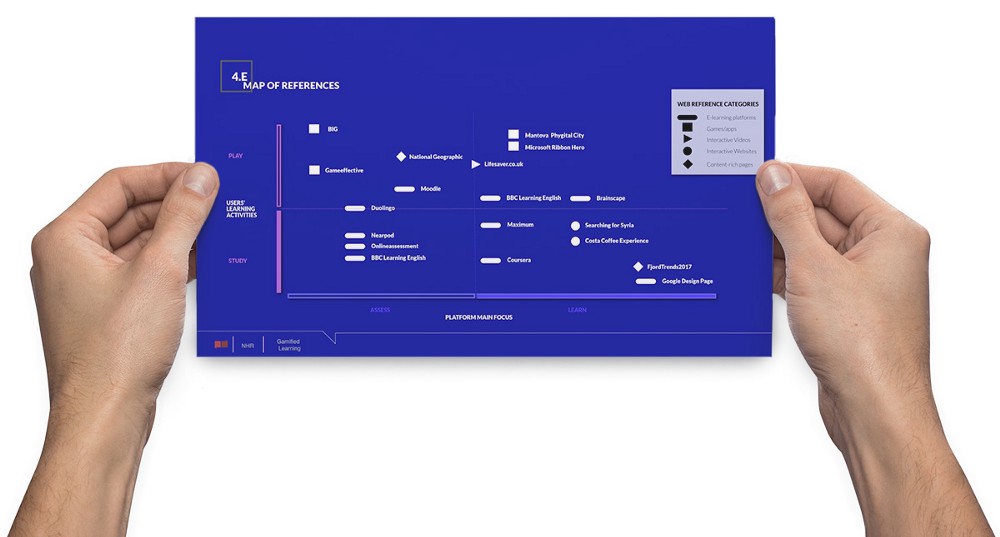
We created a special framework to help our clients develop concepts for digital learning content.
It takes into considerations two aspects of corporate training: the type of the activity, which can be either learning or assess , and the way users actually learn a piece of content, which can happen by studying it, or by playing or making things. These couples of parameters can help understand which formats work best for a particular audience, or devise mixed learning programmes which contain both traditional and more experiential ways of learning.
“ATC’s special framework helps our clients develop concepts for digital learning content.”


